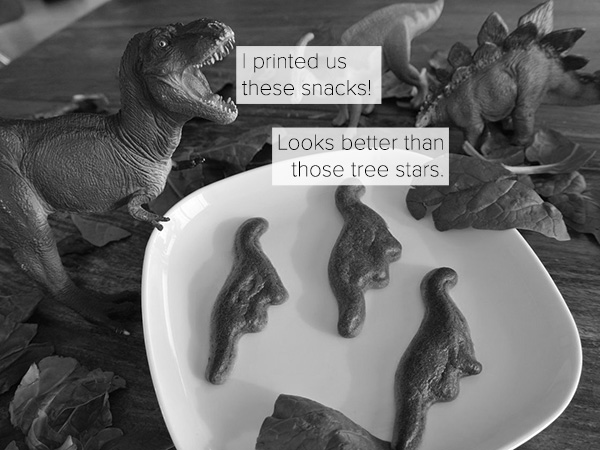The name is pretty self explanatory, but how does the new tech work?
3-D Printing; verb,
The process of creating a three-dimensional, solid object from a digital model. 3-D printed objects can be made from plastic, glass, silver, and a variety of other moldable materials. Charles Hull, an American engineer, first developed the digital and physical technology to 3-D print objects in the 1980s. The technology has had a slow evolution into the mainstream, with a boom in the last few years as printers became more readily available and companies began to offer the services to 3-D print.
“I think there’s a great kind of pent up need: we’ve got into the computer age and everything is on a screen or remote, we’ve kind of missed the tangible result. This is a means to convert something on the computer to a reality in a straightforward way,”
–Charles Hull
First, the creator starts with a modeling software like Google’s SketchUp (here’s a fairly comprehensive list of free modeling software: http://bit.ly/1kOPdo9) or brings designs to a printing services like Shapeways. The 3-D printers read the design as a variety of layers and cross-sections, then build the shape over days (or weeks) — it isn’t yet as instant as beaming someone from another planet to materialize before you. If you’re creating designs on your own to print, you can buy a 3-D printer or find them at local MakerSpaces (check out this list of library MakerSpaces with 3-D printers).
3-D printing is making it’s way into a wide range of markets: a Victoria’s Secret model wore nylon 3-D printed wings at the 2013 fashion show; 3-D printers have produced prosthetic limbs for animals and humans alike; the countertop ChefJet (which debuted at CES) and The Foodini want to bring the technology to the kitchen, while businesses like Los Angeles’ The Sugar Lab have been creating and sending 3-D printed sugar creations since 2011.
The printers are becoming more reasonably-priced (though the aforementioned kitchen gadgets are still in the thousands or dollars), and as the trend continues to grow and empower consumers, we’re expecting many more “Back to the Future”-esque devices to fill your home.
For even more on 3-D printing, flow through this awesome interactive from CNN’s Make, Create, Innovate project: http://cnn.it/1hqsbDC


